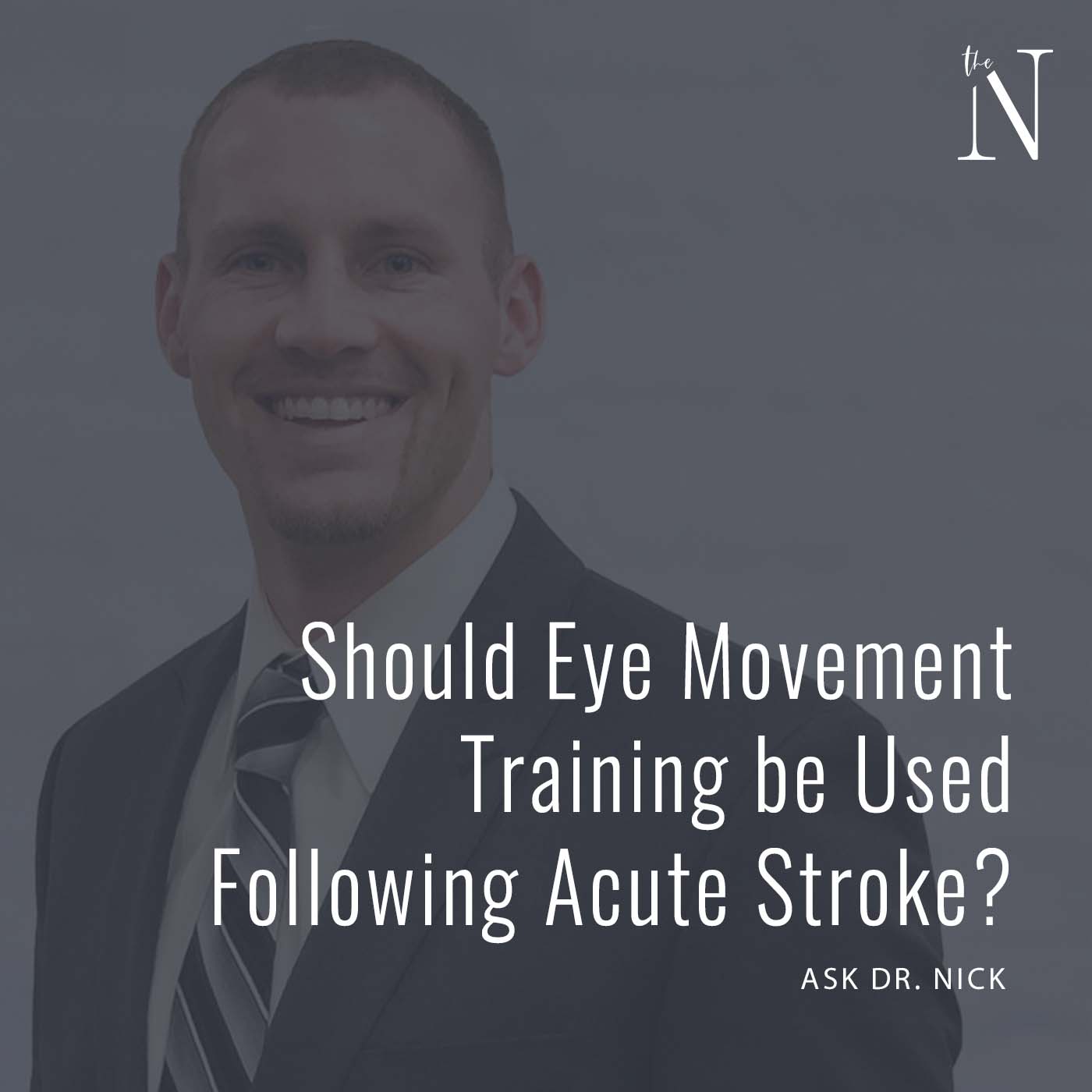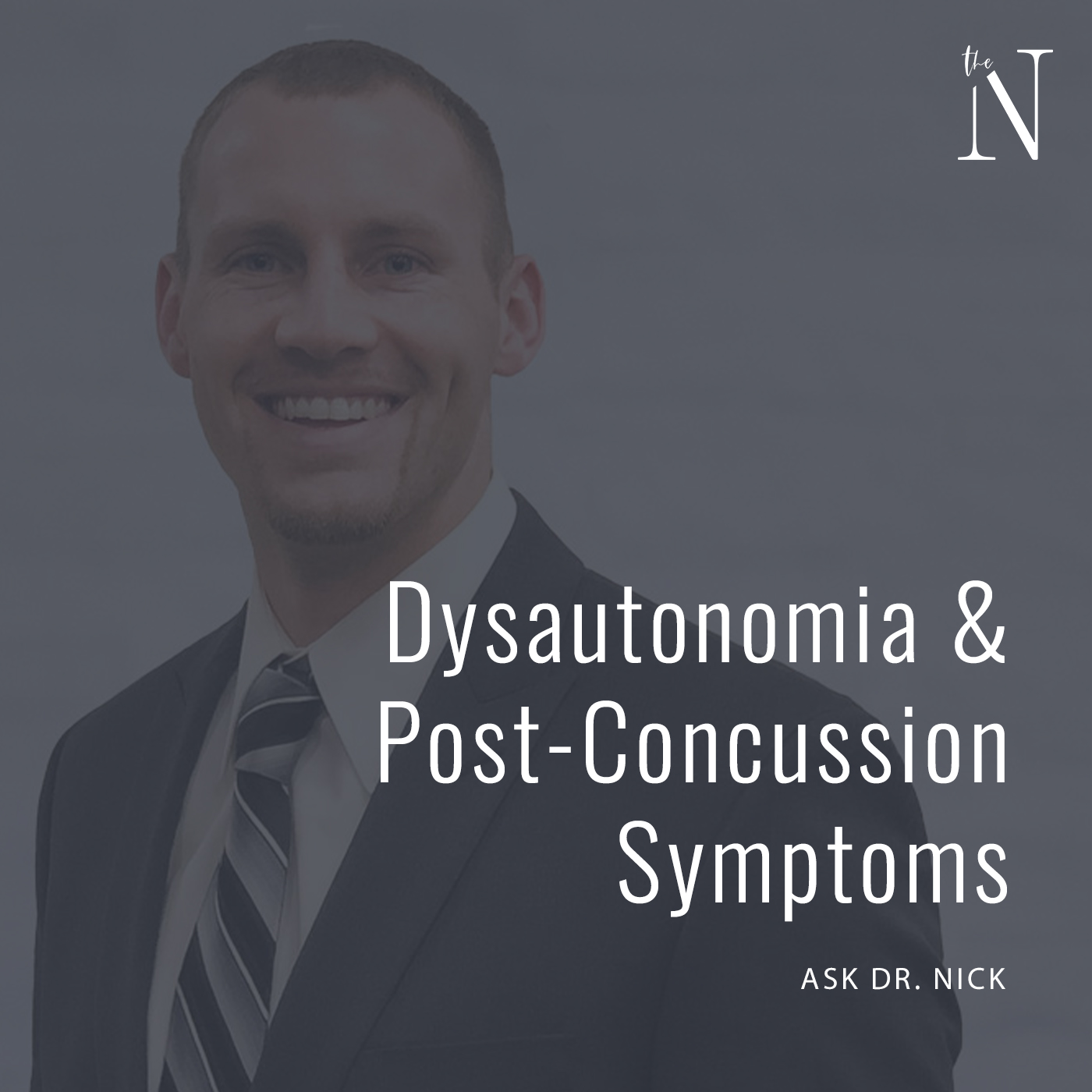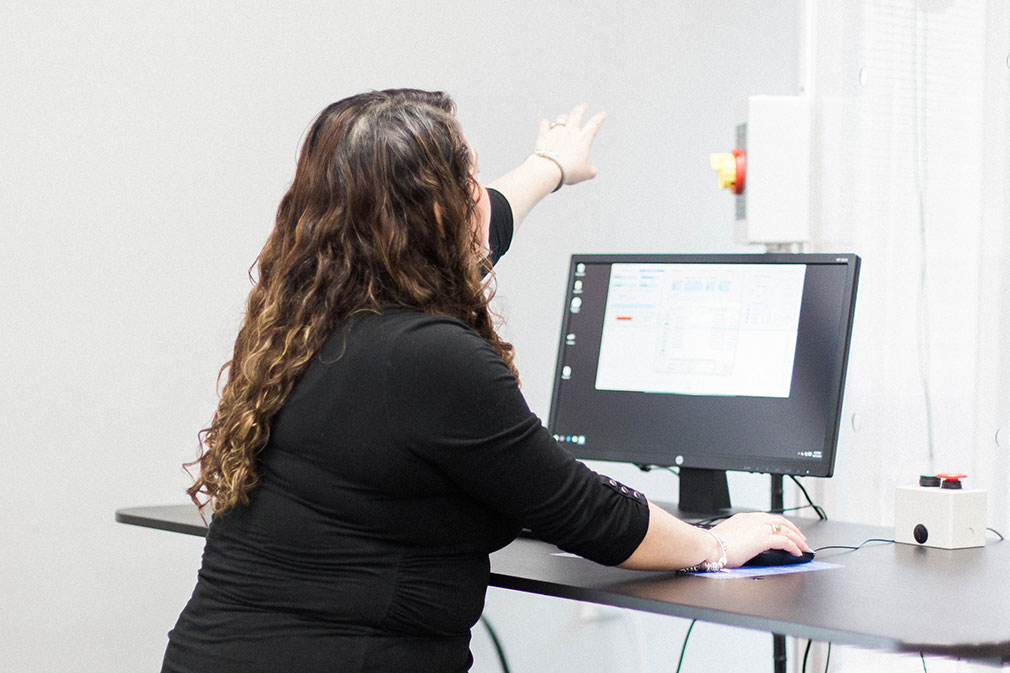Ask Dr. Nick
On today’s episode, Dr. Nick talks about how eye movements relate to walking and fall risk. In order to move/walk in the environment, the brain needs to know where the body is in space and then the space it is moving into. This requires information from the vestibular, visual, and proprioceptive systems that are integrated within the brain. When walking, the brain needs to survey the environment with proper saccadic (fast) eye movements and fixations. Only then can the brain tell the body where and how to move. The neural circuitry for saccadic eye movements has striking similarities to that of locomotion or gait. Therefore, they are highly interrelated in which problems in eye movements can cause gait issues and vice versa. This is seen in normal individuals and specific brain disorders. It has been shown that elderly individuals with a high fall risk have dysfunctional saccadic eye movements while walking. This means that proper identification and treatment of eye movement abnormalities are essential for reducing fall risk. Check out the video for more in depth information on how poor eye movements can increase the risk of falling!
Reference: Srivastava A, Ahmad OF, Pacia CP, Hallett M, Lungu C. The Relationship between Saccades and Locomotion. J Mov Disord. 2018;11(3):93‐106.




